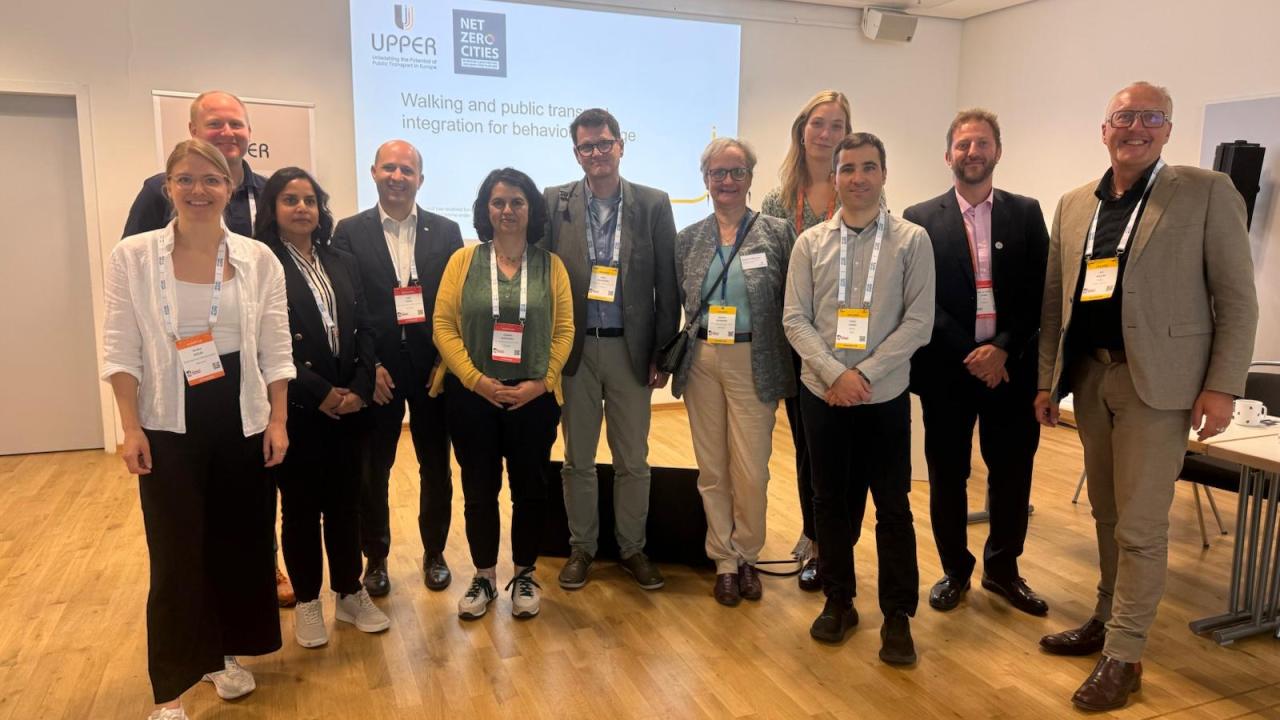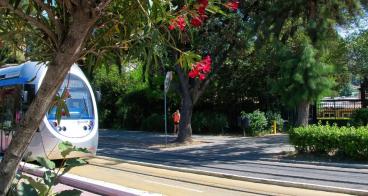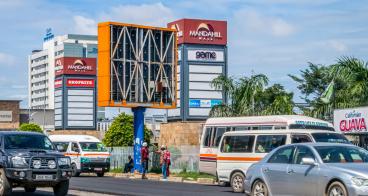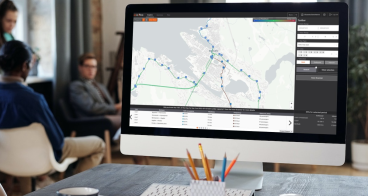Walkable cities and public transport: a comprehensive carbon neutral design
A journey with public transport doesn’t just begin with a tap of a card on the bus or metro, it begins the moment you step out of your door. Yet despite accounting for 50% of travel time, walking to and from public transport (PT) can become a forgotten element of the PT experience.
As cities across Europe and around the world strive to lower emissions, finding ways to nudge citizens away from car dependency and towards PT use is vital. Is walkability the missing link that could transform user perception and encourage higher PT use?
Read on to hear the latest insights from experts at a workshop session held by NetZeroCities and UPPER at the UITP summit in Hamburg that took place in June 2025 to find out more.
Mission: climate neutral
In the context of the EU’s “100 Climate-Neutral and Smart Cities by 2030” Mission, NetZeroCities, currently managing the EU Cities Mission platform, and a key Horizon Europe funded project, UPPER, are contributing to the trial and implementation of strategies to decarbonise European cities with a focus on urban mobility and transport, part of a wider vision of achieving net-zero by 2030.
The EU Cities Mission aims to achieve climate neutrality in 100 European cities by 2030 and to establish them as innovation hubs to enable all European cities to follow suit by 2050.
NetZeroCities facilitates this mission by supporting cities to identify and overcome the root causes that hinder climate action at scale, providing knowledge and resources to support cities on the path to climate neutral, while UPPER (Unleashing the Potential of Public Transport in Europe) aims to spearhead a public transport (PT) revolution, building resilience, improving data collection and service design to strengthen the role of PT as the cornerstone of sustainable mobility and innovation in cities.
Public transport essential for decarbonising cities
Urban mobility accounts for nearly a quarter (23%) of all carbon emissions in European cities, making it a key area of focus for carbon reduction efforts. Research by the NetZeroCities Mobility Domain Working Group finds that transport constitutes one of the top two barriers faced by cities participating in the EU Cities Mission.
Both projects recognise the strategic importance of mobility and transport in decarbonisation efforts, with PT constituting the primary focus of UPPER, and over half of the cities involved in the Pilot Cities programme, facilitated by NetZeroCities, working on strategies to decarbonise urban mobility among other areas like energy and infrastructure.
At the UITP summit in Hamburg city leaders and experts from across Europe convened to discuss the impact of the EU Cities Mission initiative to promote decarbonisation. During a workshop at the summit led by NetZeroCities and UPPER, key presentations outlined a number of initiatives and research focused on enhancing public transport (PT) usage and promoting walkability as a central pillar of sustainable urban mobility across Europe. Discover the key take-aways from the sessions below.
Good walkability can triple public transport usage
Research demonstrates that walking, particularly the ‘first and last mile’, is a crucial aspect of most PT journeys. In Germany, 90% of PT users walk to access transit, with similarly high rates in other cities worldwide. A UITP report finds that good walkability can triple PT usage, emphasising that urban design must consider pedestrian needs for an effective PT system.
Walking is not only an integral functional aspect of any PT journey, but it also has the power to shape overall journey perception. Cleaner, more accessible walking environments therefore play a critical role in shaping PT perception, and by extension, behaviour patterns. Encouraging PT use requires good walkability.
The 90-50-70 principle
The "90-50-70" principle, which highlights that 90% of PT users walk to access transport, 50% of travel time is spent walking, and 70% of walking shapes journey experience, informs Hamburg’s PT strategy, which identifies pedestrian infrastructure as a key to expanding PT’s reach.
Hamburg introduced barrier-free access to all transit stations and improved coordination among different actors by unifying responsibilities for station surroundings. Tactical urbanism drawing on public participation and inclusive design (especially for elderly and disabled users) proved crucial in creating liveable PT-oriented spaces.
Humans at the heart of design
Cities are increasingly using human-centred and empathetic design approaches, involving users, planners, and experts in the early stages of projects. Public participation emerged as a key theme in the discussion, with participants emphasising that public participation is central to inclusive planning and equity, particularly in areas with socio-economic disparities where walking and PT are essential for accessing opportunities.
Design thinking helps planners understand users' daily routines, barriers, and needs. This includes evaluating how people wait at stops, their walking experience, and the accessibility of infrastructure; factors that are even more critical to consider in the evolving context of urban heat and extreme climate conditions.
Measuring success
Given the importance of the subjective user experience of PT that extends beyond the time spent on transport itself, there's a growing need for KPIs that reflect walking experiences, not just infrastructure quantity.
Metrics such as the percentage of users reporting positive walking experiences, or the proportion of time spent walking that is perceived positively, offer more meaningful insights than simple measurements like sidewalk length or number of crossings.
Tools like the Walkability App can help inform data-driven decisions, providing qualitative insights and spatial data about pedestrian experiences around PT stations. Through user interviews, the app gathers information on demographics, emotions, walking context, and barriers, visualising findings on maps to identify walkability strengths and gaps, informing urban audits, community engagement, and project planning.
Aligning national strategies with local plans
Another theme that emerged was the need for better alignment of national strategies with local plans to facilitate coordination across different agencies and actors to consolidate more coherent infrastructure and services that respond better to citizen needs.
A Pan-European Master Plan compiles initiatives like Austria’s 50% co-funding for walking/cycling infrastructure, which is contingent on municipalities' integrated mobility plans, along with other global examples into a shared policy framework.
The bottom line?
The session underscored that walkability and PT go hand in hand, and coordinated investments in both areas can significantly enhance urban mobility, sustainability, and quality of life. Walkability is a core element of public transport success, equity, and climate resilience. By embedding walking into design, measurement, and policy, cities can create more inclusive, comfortable, and sustainable transport systems.
If you want to learn more about the measures cities are taking to encourage PT use and improve walkability and how they could be applied in your city, both UPPER and NetZeroCities run programmes designed to improve knowledge sharing across cities.
The Twinning Learning Programme is a 12-month peer-learning journey helping cities develop practical solutions, deepen their climate knowledge, accelerate systemic change, and build meaningful partnerships with cities already advancing toward climate neutrality.
UPPER’s replication programme is designed specifically for cities and city-owned or co-owned public transport operators interested in applying measures to push people out of private cars and pull them closer to public transport.







